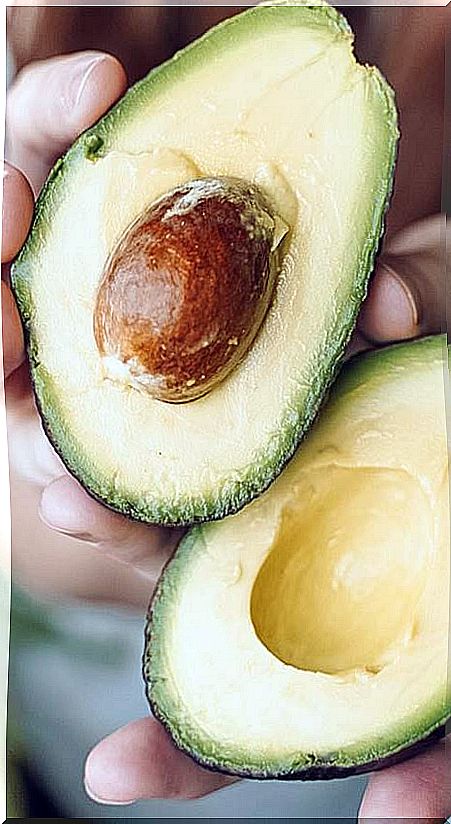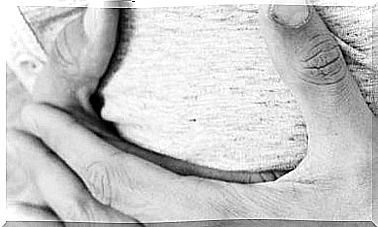What Is Ketosis? The Benefits And The Dangers
The benefits of the ketogenic diet are associated with entering the metabolism into ketosis, but what does this state consist of? We explain the benefits and also the risks and contraindications.

- How do you get into ketosis?
- What are the benefits of ketosis?
- Is ketosis risky?
- What is ketoacedosis?
The benefits of fasting and the ketogenic diet are related to entering the metabolism into ketosis. This occurs when foods with carbohydrates are not consumed and blood sugar levels, as well as the stores in the form of glycogen in muscles and liver, have been depleted, and cells turn to fats to get the energy they need.
To become a source of energy, the liver converts fats into ketone bodies. This process is called ketosis. Ketone bodies are molecules of beta-hydroxybutyric acid (β-hydroxybutyrate) and of acetoacetic acid (acetoacetate), part of which is converted into acetone.
How do you get into ketosis?
Cells are prepared to replace glucose with ketone bodies as an energy source. All cells can do it, including neurons, since it is a mistake to believe that sugar from food is the only fuel that the brain can use.
Neurons can get up to 60% of the energy they need from ketone bodies and the remaining 40% from the glucose produced by the body from amino acids and other molecules (glucogenesis).
Ketosis is a survival mechanism that allows you to supply yourself with accumulated energy reserves in the body. It occurs naturally during fasts and is common in children who stop eating when they become ill.
As soon as a food with carbohydrates is consumed again ( 20 to 50 g per day are enough for enough glucose to circulate in the blood), ketosis stops, as cells prefer glucose as an immediate source of energy and fats return to its reserve function.
But if we do not consume carbohydrates and eat foods rich in fat, the state of ketosis can be maintained over time. The foods that cannot be consumed are cereals (in any form, both whole and refined), products with added sugars, legumes, potatoes and other tubers rich in starches and fruits. Proponents of the ketogenic diet explain the benefits of this type of diet, but there are also some risks.
What are the benefits of ketosis?
- Weight loss: by mobilizing fat reserves, adipose tissue is reduced and you lose weight. Weight loss occurs while fasting or calorie intake is lower than expended. The calorie restriction that allows you to lose weight is aided by the fact that ketosis reduces your appetite.
- Cardiovascular health: some people improve their blood levels of cholesterol and triglycerides in the short term. However, this beneficial effect cannot be generalized to all people.
- Type 2 diabetes: improves insulin sensitivity and various risk factors that lead to diabetes, such as obesity and high blood glucose levels.
- Epilepsy and Parkinson’s disease: Some cases that do not respond to medications improve significantly on a ketogenic diet.
Is ketosis risky?
- In the short term, the state of ketosis can be accompanied by certain discomforts, such as headache, fatigue, bad breath (ketone bodies have a characteristic smell), nausea and constipation, which can be corrected by consuming foods very rich in fiber and plenty of water. . Symptoms can last for days or weeks.
- Some studies show that there is an increased risk of developing kidney stones.
- Long-term cardiovascular health can be affected by a deficiency of nutrients and beneficial compounds found in legumes and whole grains. Some people may respond with an increase in cholesterol levels.
- The ketogenic diet lowers the levels of thyroid hormone T3. Therefore, it is contraindicated in people with hypothyroidism.
- Increases levels of cortisol, the stress hormone, which is associated with inflammatory processes and reduced immunity. To avoid this, it is advisable to accompany fasting or the ketogenic diet with extra time for rest, sleep and relaxation.
- People taking medications to treat diabetes should check with their doctor before starting a ketogenic diet, because the required doses can be reduced. In these cases, medical control is essential.
- The ketogenic diet necessary to maintain ketosis represents for most people a radical change in the way they eat that can lead to nutritional deficiencies. The problem is that this is a diet that restricts entire groups of common nutrient-dense foods. For example, it is a challenge for a vegetarian to reach the minimum protein intake without consuming legumes or cereals. In omnivorous people, on the other hand, it is easy to fall into an excess of proteins of animal origin and, consequently, also into a high intake of saturated fats.
What is ketoacedosis?
Ketosis and ketoacidosis are different things. Ketoacidosis is the result of a malfunction of the kidneys, which do not filter excess ketone bodies to eliminate them in the urine. This problem can lead to metabolic acidosis, a very serious, potentially fatal problem.
The ketogenic diet that causes ketosis is contraindicated in people with kidney problems, people with uncontrolled diabetes, people suffering from infections or eating disorders, and generally in people taking medications, unless done under control by an expert doctor.
Scientific references:
- Robert G. Levy et al. Ketogenic diet and other dietary treatments for epilepsy. Cochrane Database Systematic Reviews.
- Elizabeth E. Bailey et al. The use of diet in the treatment of epilepsy. Epilepsy and Behavior.
- Engin Kose et al. Changes of thyroid hormonal status in patients receiving ketogenic diet due to intractable epilepsy. Journal of Pediatric Endocrinolology and Metabolism.
- William S Yancy Jr. et al. A low-carbohydrate, ketogenic diet versus a low-fat diet to treat obesity and hyperlipidemia: a randomized, controlled trial. Annals of Internal Medicine.








